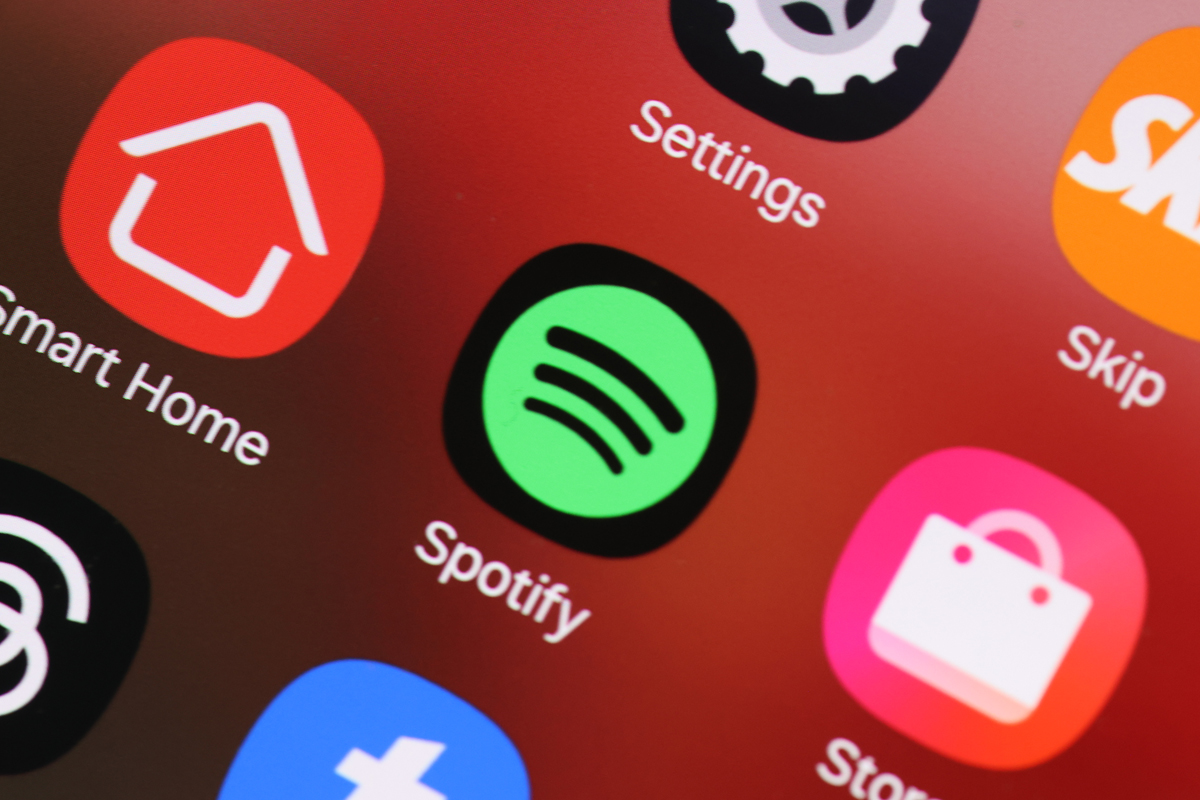After years of broken promises, Spotify has finally done it. The streaming giant is now rolling out lossless audio to its Premium subscribers, ending one of the most prolonged feature droughts in tech history. Four years after first teasing “Spotify HiFi,” the company that dominates global music streaming is finally delivering serious audio quality to those who demand it.
For audiophiles who’ve been ignoring the service for years while Apple Music, Tidal, Qobuz, and Amazon Music have offered lossless streaming as standard, this moment feels long overdue, and most will have already settled on their preferred alternative. But for Spotify’s 276 million Premium subscribers worldwide, it provides a genuine upgrade to the listening experience.
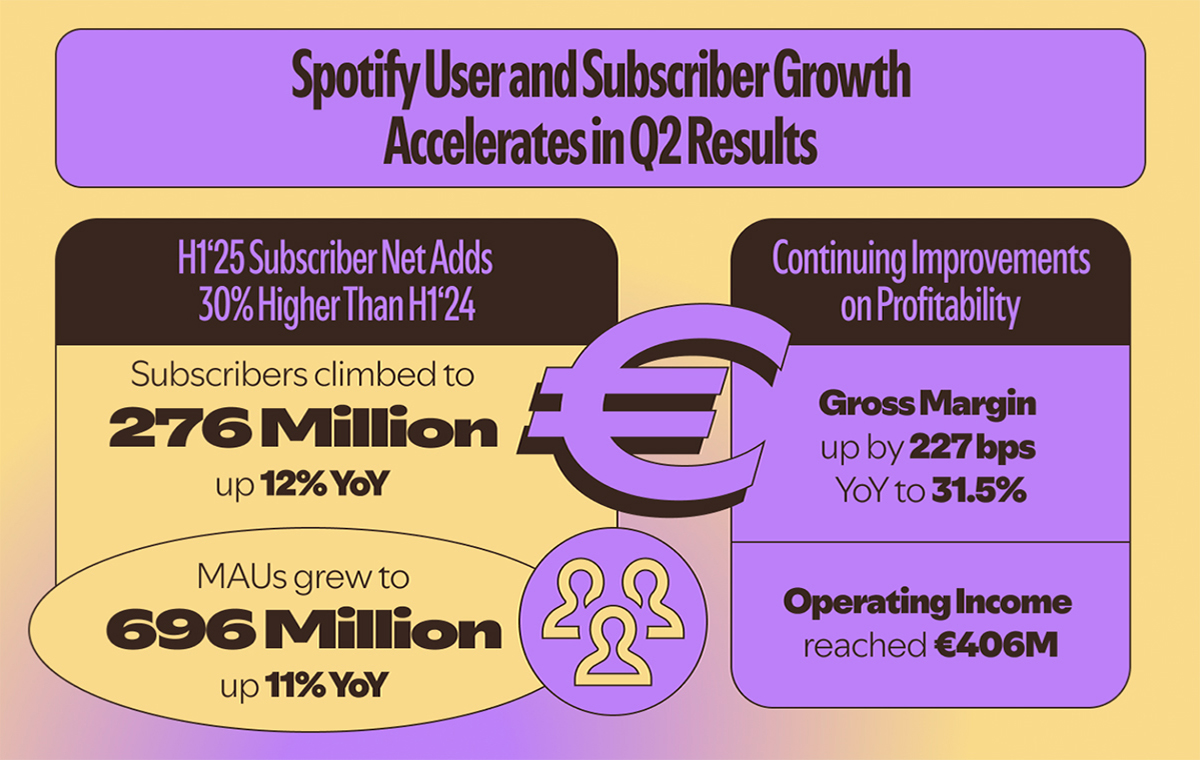
In terms of numbers, Spotify has been absolutely crushing its competition. With 696 million total users and a 31% market share, the Swedish company has built an empire that dwarfs its closest competitors. Its catalog reportedly spans over 100 million tracks, 6.5 million podcasts, and 350,000 audiobooks, all powered by recommendation algorithms that have become the industry standard for music discovery. The platform’s success stems from more than just size. Features like Discover Weekly, Spotify Wrapped, and collaborative playlists have turned music streaming into a social experience. With the addition of the freemium model, which lets anyone access the full music library for free (with ads), it discovered a recipe for total market domination.
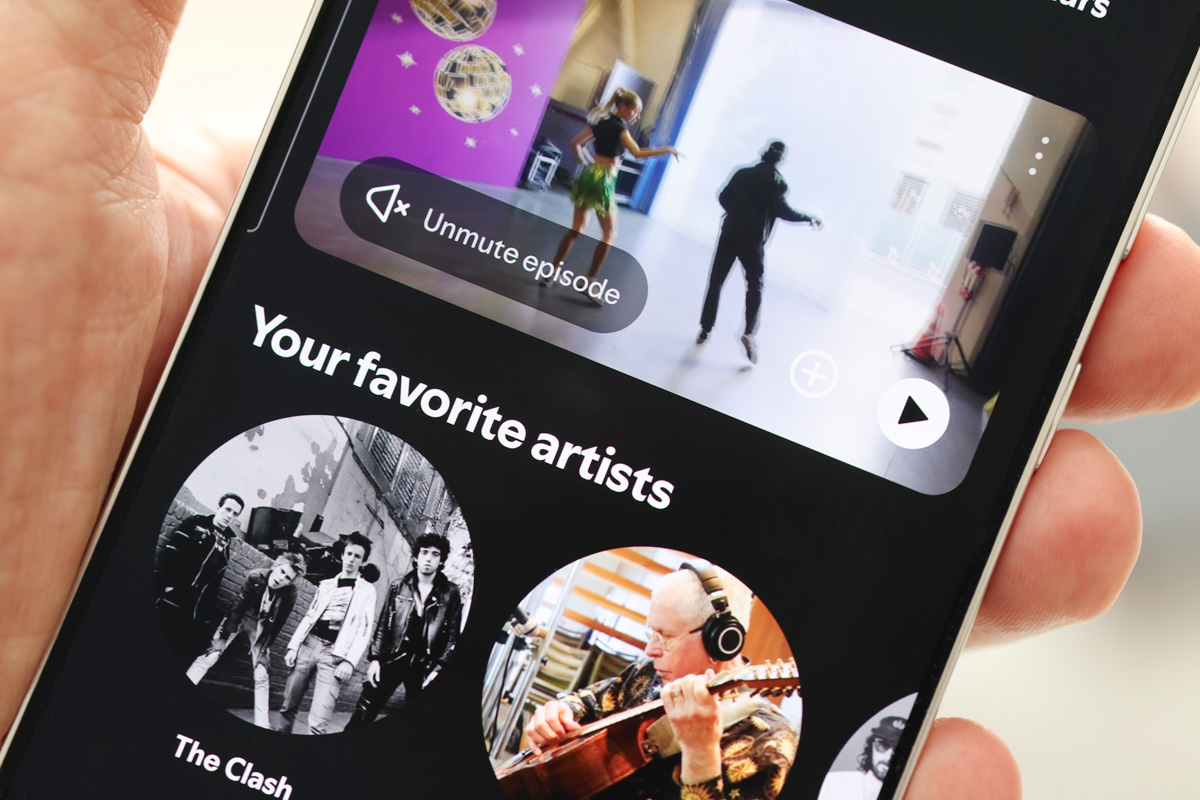
But there’s always been one glaring weakness in Spotify’s offerings, particularly for those who demand pristine audio quality: its use of lossy audio-data compression. While competitors offered lossless streaming, Spotify stuck with compressed audio formats that left serious listeners feeling overlooked.
Spotify’s audio evolution
Spotify’s platform has historically relied on lossy compression formats such as Ogg Vorbis for mobile and desktop apps and AAC for web-based playback. These formats prioritize smaller file sizes over audio fidelity, and they make absolute sense in situations where bandwidth is limited or storage is expensive. Users on the free ad-supported tier will continue to receive the bare minimum: 160kbps using Ogg Vorbis on mobile or 128kbps AAC through the web player. Premium subscribers were able to bump that up to 320kbps Ogg Vorbis on mobile and desktop, or 256kbps AAC over the web interface.
For most people, 320kbps Ogg Vorbis can sound perfectly okay through wireless earbuds or in the car, for non-critical listening. But through a decent sound system in a quiet space, or a good pair of headphones, compression artifacts can become noticeable. Cymbals, for example, might sound harsh, vocals may lose their warmth and character, and the soundstage can feel compromised or inconsistent. And uncontrollable variables in audio quality have always been a big issue for anyone who takes sound seriously. Lossless audio solves that problem.
Will lossless cost more?
Spotify’s lossless rollout began in September 2025 and is slated to spread across more than 50 countries throughout October. The feature brings 24-bit/44.1kHz FLAC streaming to nearly every track in Spotify’s extensive catalog. More importantly, it comes at no extra cost for Premium subscribers, contradicting early rumors about a “Spotify Supremium” tier or additional fees.
The rollout began in major markets, including the United States, United Kingdom, Germany, Japan, and Australia. Premium subscribers get a notification when the feature becomes available in their region, making the upgrade process straightforward. It’s simply a matter of selecting Lossless under Media Quality (User Profile > Settings and Privacy > Media Quality)
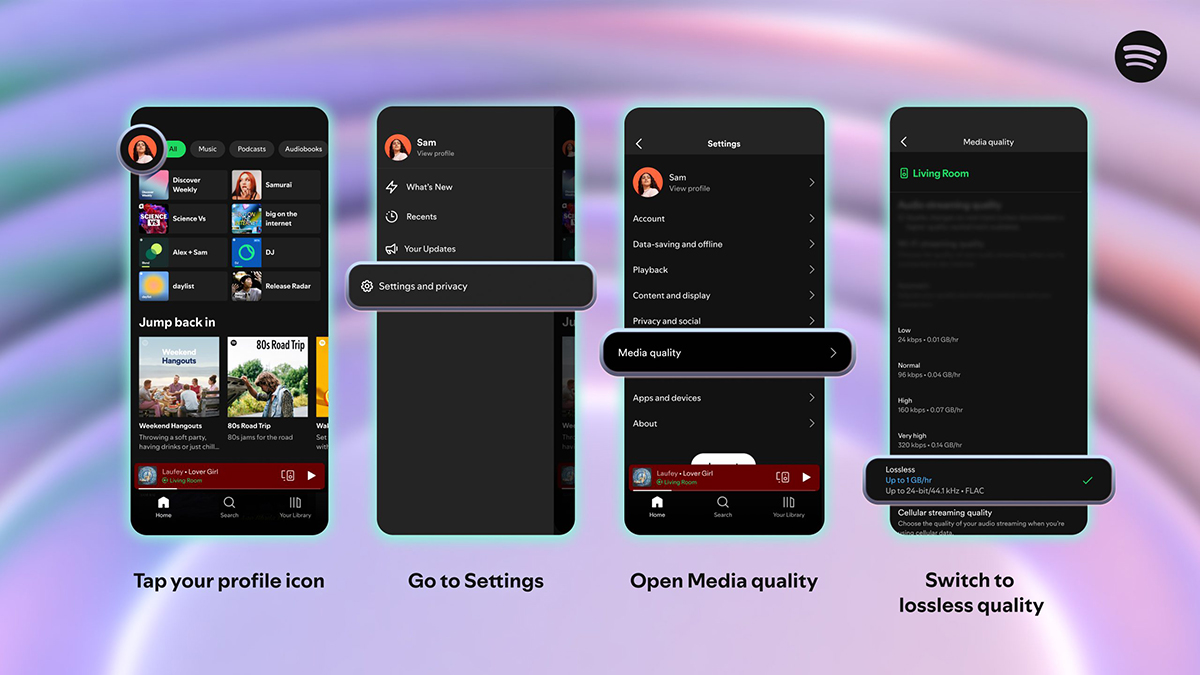
But here’s the interesting part: Spotify’s 24/44.1 specification sits in an odd middle ground. Technically it’s higher than CD quality (16/44.1) thanks to the increased bit depth, but the sample rate tops out at the CD standard rather than the 96kHz or 192kHz offered by hi-rez streaming competitors.
The Consumer Electronics Association classifies anything above CD quality as high-resolution audio, which means Spotify’s offering technically qualifies. But with Apple Music, Tidal, Qobuz, and Amazon Music all supporting audio formats at up to 24/192, Spotify’s more conservative approach might look like a compromise.
The company likely chose 44.1kHz for practical reasons. First, the audible difference between 44.1kHz and 192kHz sample rates is negligible for most humans, even with high-end audio equipment. Second, most music was mastered for CD release at 44.1kHz, making this the most universally compatible format. Third, it keeps file sizes manageable for both Spotify’s servers and users’ devices.
From a bandwidth perspective, Spotify recommends a steady 1.5-to-2Mbps internet connection for lossless streaming. That’s accessible to most users with standard broadband while still delivering a noticeable improvement over data-compressed audio.
Playback devices and Spotify Connect
The lossless rollout covers mobile, desktop, and tablet platforms, plus compatible Spotify Connect devices. Brands like Sony, Bose, Samsung, and Sennheiser already support the new format, while Sonos and Amazon device compatibility arrives later in October.
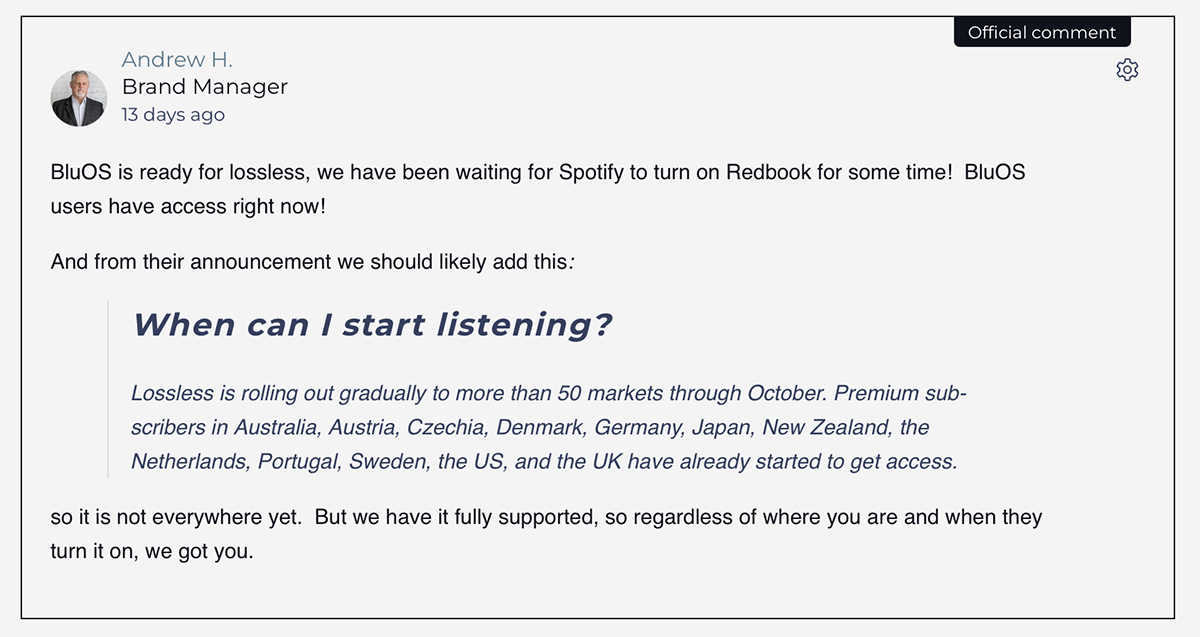
But not every existing Spotify Connect device will automatically support lossless playback. True, some brands already support lossless playback via Spotify Connect. For example, Spotify lossless support is currently available on BluOS-enabled components from Bluesound, NAD, and PSB. Cambridge Audio, FiiO, and WiiM also support Spotify lossless on their streaming components. But some other manufacturers will need to push firmware updates to enable FLAC support and appropriately handle the increased bandwidth requirements. Users with older Connect-enabled hardware might find themselves left out entirely if device makers don’t push updates for legacy products.
Moving ahead or playing catch-up?
Spotify’s lossless launch removes a significant competitive disadvantage rather than creating an advantage. Lossless streaming has been available elsewhere, on multiple platforms, for years, making Spotify’s move seem more like catching up than a technical advancement. But Spotify’s dominance has never been about technical superiority; it’s been centered on user experience, content discovery, and ecosystem integration. The platform’s recommendation algorithms remain unmatched, and features like collaborative playlists and social sharing create network effects that keep users locked in.
The addition of lossless playback levels the playing field on audio quality, allowing Spotify to compete on its actual strengths: curation, discovery, and user experience. For most casual listeners who make up the majority of Spotify’s user base, these factors matter more than the difference between 320kbps and 24/44.1 lossless audio.
Beyond lossless: Spotify’s social push
While everyone focuses on lossless audio, Spotify has quietly been expanding its other features. The new Mix tool, launched in August 2025, lets Premium users create custom transitions between tracks in their playlists. Essentially this is a simplified DJ-mixing interface that analyzes beats per minute, key, and song structure to create seamless blends.
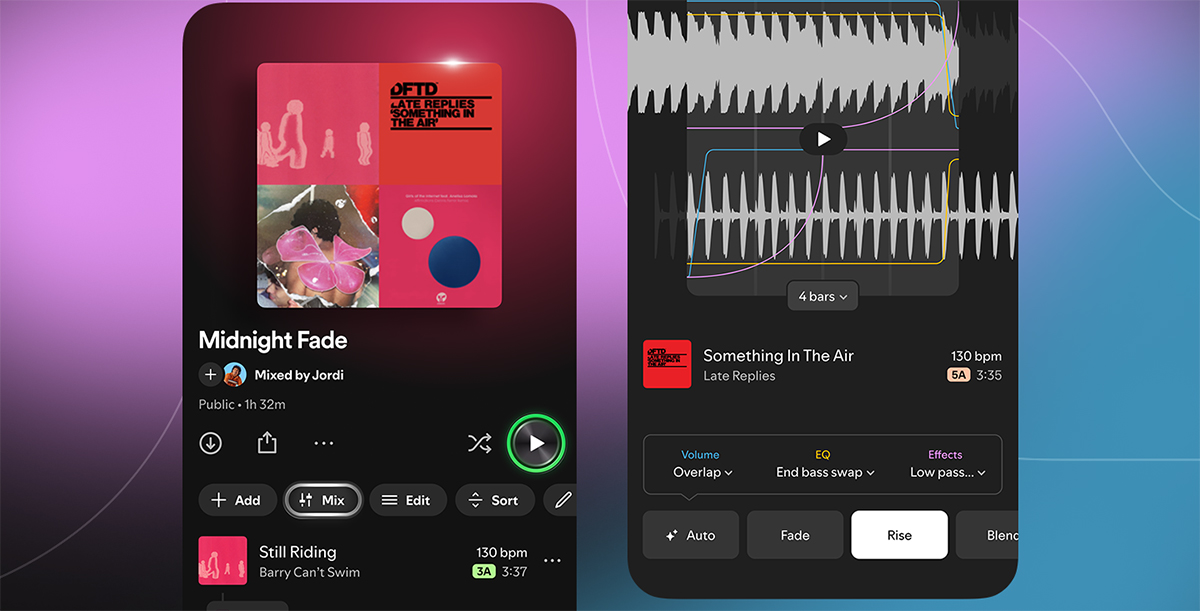
The feature offers preset options like Fade and Rise, or lets users manually adjust volume, EQ, and effects using waveform and beat data. It’s currently in beta on mobile platforms, with desktop support coming later.
Perhaps more curious is Spotify Messages, which also launched in August. This in-app chat feature lets users share and discuss music, podcasts, and audiobooks directly within Spotify. It’s like WhatsApp for music recommendations, targeting users 16 and older in select markets.
These features suggest Spotify’s broader strategy is to become more than just a music-streaming service. By adding social and creative tools, the company is positioning itself as a comprehensive audio-entertainment platform rather than just a digital jukebox.
The streaming landscape, updated
Top-tier streaming services offering a maximum resolution of 24/192 include Qobuz, Tidal, Apple Music, and Amazon Music Unlimited. All use lossless formats (FLAC or ALAC) for their highest-quality tiers. Spotify now joins this group, but it caps out at 24/44.1—lower than the competition, but still genuinely lossless.
Services still stuck in the compressed era include YouTube Music, Pandora, and SoundCloud, which continue relying on lossy AAC and MP3 formats. Of course, the reality is that most tracks even on premium services like Qobuz and Tidal aren’t actually available in 24/192. Many are CD-quality or slightly better, making the theoretical maximum less important than actual content availability.
Storage and bandwidth reality check
Lossless files are substantially larger than their compressed counterparts, and Spotify’s users may need to plan accordingly. A typical three-to-four-minute song that might require 10 to 15MB of storage in a compressed format can easily reach 50 to 80MB in lossless quality. For users who download music for offline listening, this represents a significant storage impact. A moderately sized offline library that previously occupied a few gigabytes could suddenly require tens of gigabytes in lossless format.
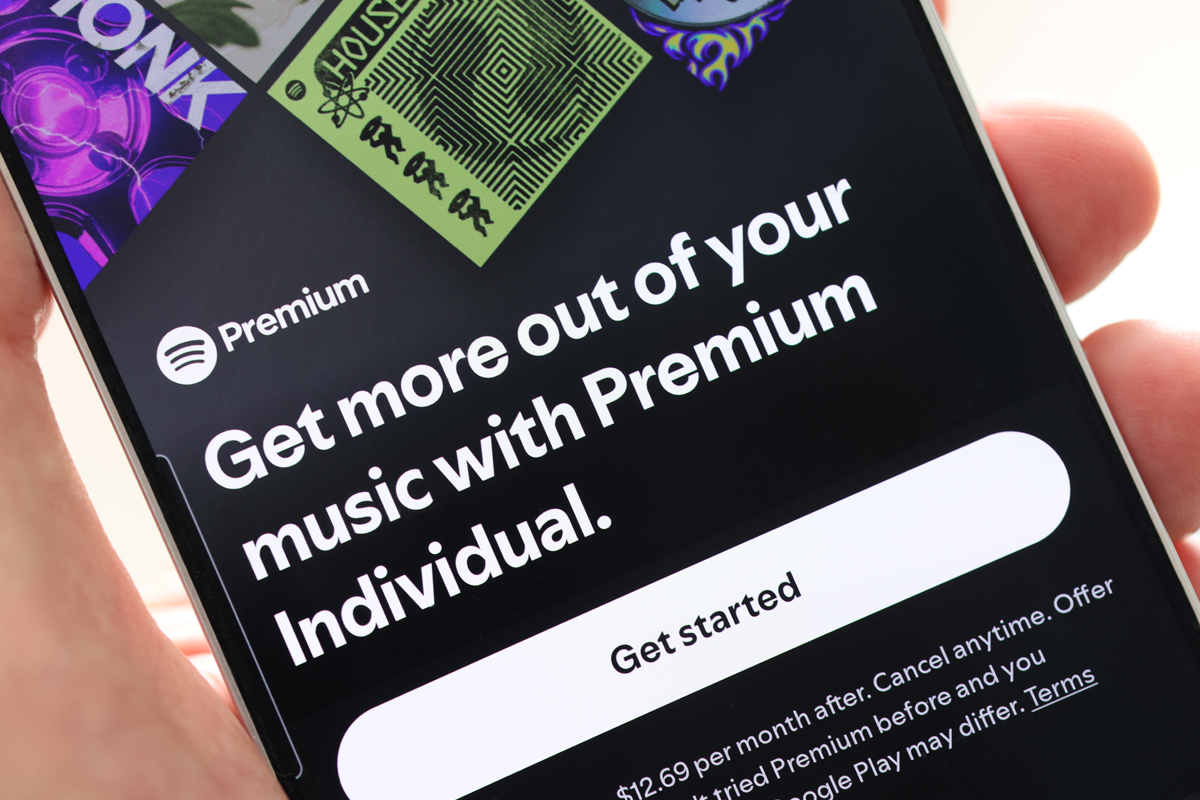
Lossless streaming presents its own challenges. Lossless tracks take longer to buffer and consume markedly more bandwidth. Users on slower internet connections or with limited data plans may end up sticking with compressed formats for practical reasons.
Audio-quality table stakes
Spotify’s lossless launch marks the maturation of music streaming, where high-fidelity audio is becoming an expected feature rather than a premium differentiator. As global internet speeds improve and storage costs continue falling, there’s less justification for any service that offers only compressed audio in its premium tier. This shift moves competition back to areas where Spotify traditionally excels: content discovery, user experience, and ecosystem integration. The company’s sophisticated recommendation algorithms, extensive third-party integrations, and robust Connect ecosystem remain significant advantages over competitors.
The fact that Spotify lossless comes at no additional cost is great for existing customers, especially since the cost of a Premium subscription has slowly been creeping up over the last few years. I actually have a Spotify Premium Duo subscription that I share with my better half, and I enjoy the user interface and overall experience better than the more “serious” services (Qobuz and Tidal) that I keep on hand for critical listening and product reviews. I would have loved to include a firsthand assessment of Spotify’s lossless audio in this article, but I reside in Canada, and unfortunately it’s not available here yet!
Conclusion
Spotify’s lossless rollout closes a significant feature gap while maintaining the platform’s core strengths. After years of delays, the streaming giant has delivered one of its most requested features without increasing prices or creating additional subscription tiers. The launch also demonstrates Spotify’s investment in its core audio product, as the company continues to expand into podcasts, audiobooks, and social features.
For its customers, lossless streaming removes any remaining technical arguments for switching over to the competition. Whether casual listeners will notice any audible improvements remains to be seen, but the psychological effect of knowing you’re getting the best available audio quality is significant in itself!
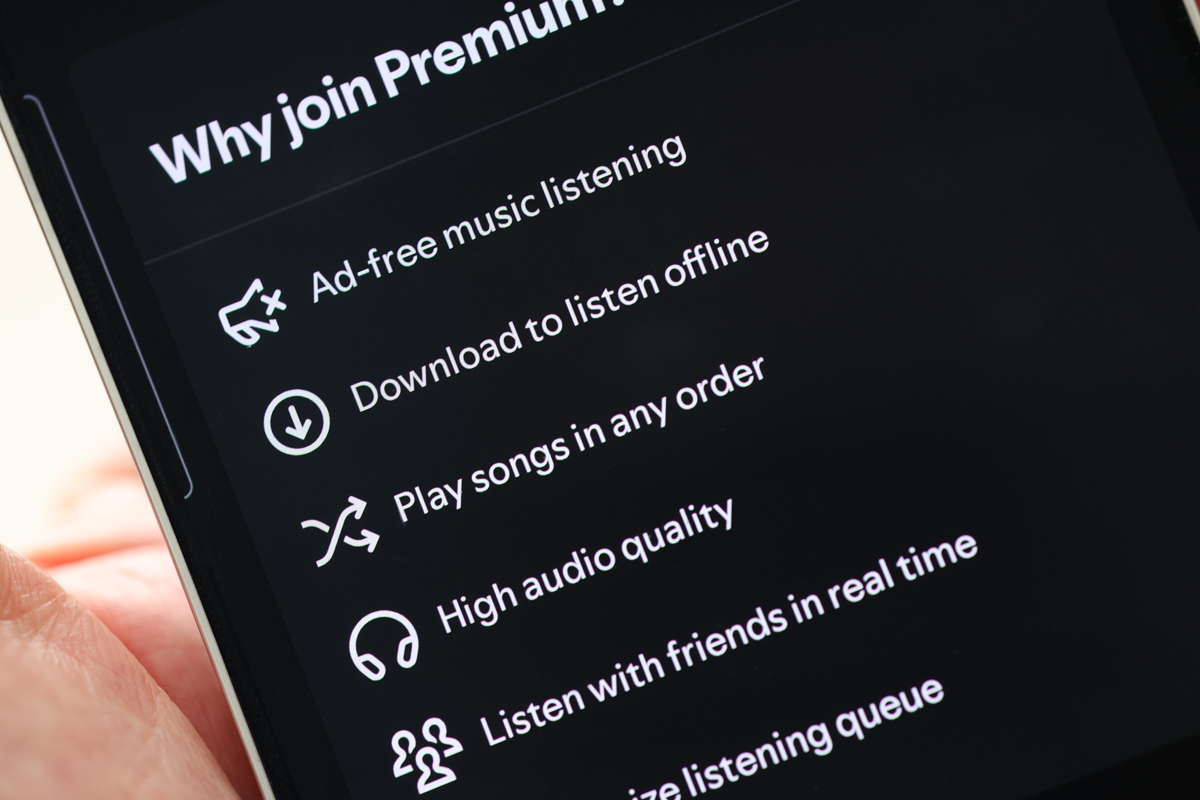
As the rollout continues through October, many Spotify users will experience lossless streaming for the first time. Some will immediately hear the difference and wonder how they ever tolerated compressed audio. Others will shrug and continue listening the same way they always have.
Either way, Spotify has finally delivered on a years-old promise and removed a major competitive weakness. In the fast-moving world of streaming media, that’s worth something, even if Spotify took its sweet time getting there.
. . . AJ Wykes





